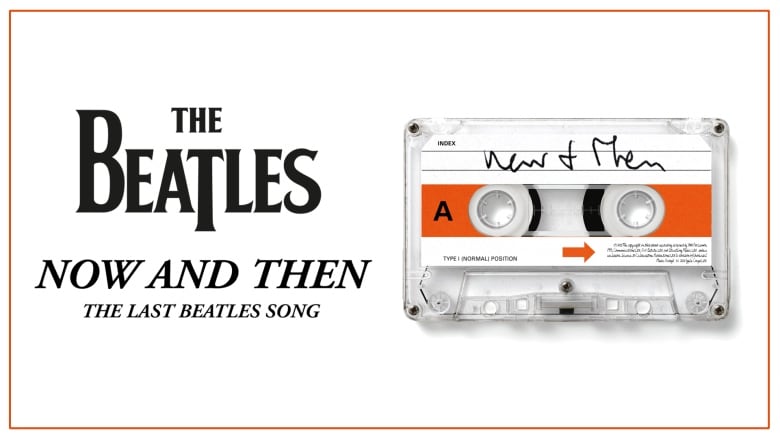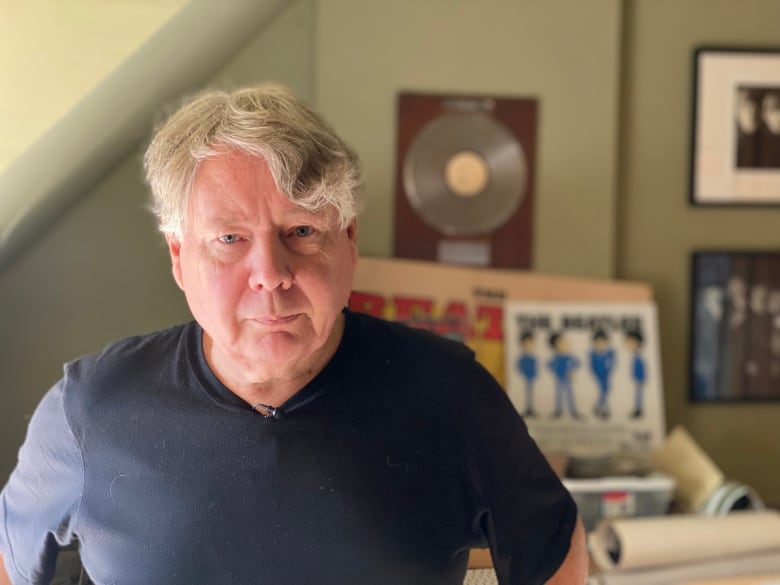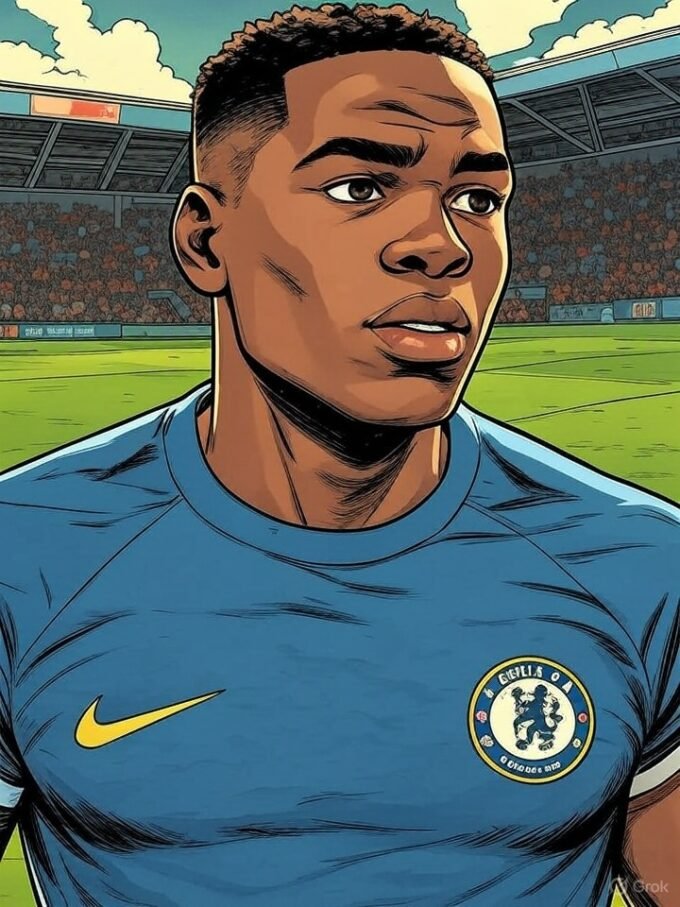Sometime in the late 1970s, John Lennon sat at the piano in his New York City apartment, tickling the ivories as he recorded a demo called Now and Then.
More than 40 years later — with the help of his bandmates and a bit of artificial intelligence — Now and Then was set to be released Thursday, with the two surviving members of the Beatles calling it the band’s final record.
Production on the song began in 1994, when Lennon’s widow, Yoko Ono, sent Paul McCartney three of Lennon’s demos — two of which were completed and later released by McCartney, Ringo Starr and the late George Harrison.
But they ran into difficulties with Now and Then, in which Lennon’s vocals were sometimes overpowered by his piano accompaniment. The remaining trio shelved the project until they had the technology to clean up its grainy mono track.
“We’re actually messing around with state-of-the-art technology, which is something the Beatles would have been very interested in,” McCartney said in a short documentary ahead of the song’s worldwide release on Thursday at 10 a.m. ET.
WATCH | Short film Now and Then: The Last Beatles Song:
As longtime fans embrace the release of new material and what it could mean for the band’s legacy, experts are cautiously optimistic about the technology — depending on how it’s used.
Same AI used in Beatles docuseries
A fifth Beatle artificial intelligence is not: This isn’t the generative technology that was used, for example, to create a copycat Drake song from scratch. Now and Then was completed using the same audio technology that director Peter Jackson pioneered while making his 2021 Beatles docuseries, Get Back.
“This is not a fake John Lennon created by a computer,” said Michael McCarty, the CEO of Kilometre Music Group, a music publishing company based in Toronto. “This is the real John Lennon whose voice was basically buried in tape hiss and a wobbly piano on an old demo.
“And so what they’ve been able to do is extract his vocal and make it a pure, clean vocal as if he had recorded it today.”

Get Back, which was assembled entirely from 1969 footage, required technology that could separate the film’s mono soundtrack into its parts — isolating song vocals from accompanying music, and conversation from background noise.
That technology was then applied to Now and Then, mixing Lennon’s original vocals with Harrison’s guitar (recorded during the ’90s studio sessions before his 2001 death), McCartney’s backing vocals and instrumentals, and Starr’s drums.
“It’s kind of like if you have a stew,” said McCarty. “You have all your potatoes and carrots and everything in it and you decide, ‘I want to take those things out.’ Well, now you can take the carrots out and the potatoes out and put them back in their original form.”
‘Homunculus John Lennon’
Toronto culture writer Niko Stratis said the release of a new Beatles song is a treat for fans — and the technology used to produce it will have wider ripple effects across the music industry.
It can be used by music professionals and archivists to restore old recordings, giving new recognition to lost artists and preserving music that the public might not have heard otherwise, she said. But it can also lead the music industry into a danger zone.
“I hope that we don’t now use this isolated vocal track that we have of John Lennon to then build this sort of homunculus John Lennon, made up of all the parts of him that we found lying around,” said Stratis.
“That isn’t real because it doesn’t have the soul of the music so much as it has the audio notes,” she said. “That’s a different thing.”
I hope that we don’t now use this isolated vocal track that we have of John Lennon to then build this sort of homunculus John Lennon.– Niko Stratis
McCarty thinks the practice will become more common, leading to more possibilities for the art form and the business.
“There’s always a concern that you might do something that would violate the ethics that the original artist had,” he said. “So you hope that the control of their estate is in the hands of somebody who was empathetic to that and knew them.”
He added that the creation of Now and Then isn’t entirely different from how the Beatles made music during their last few years, with the band members working from separate cities and studios.
“From the White Album on, that’s basically the way they work,” he said.
‘They were always trying to move it ahead’
Piers Hemmingsen has been a Beatles fan since 1963.
The Toronto author, who wrote the 2016 book The Beatles in Canada, said he remembers when Free as a Bird and Real Love — the other two cassettes that Ono gave to McCartney in 1994 — were released and marketed as the last Beatles songs.

“We have heard this, and I’m not dampened in any way in my enthusiasm,” he said, adding that this will be the last song released by the group that was specifically intended to be a Beatles single.
“They were always trying to move it ahead. So I think that if they weren’t happy with Now and Then in 1995, maybe now they’re happy,” Hemmingsen added.
McCartney himself wondered if the band members were doing the right thing in using Lennon’s vocals posthumously, he revealed in the documentary released Wednesday.
“Is it something we shouldn’t do? Everytime I thought like that, I thought, wait a minute,” said McCartney. “Let’s say I had a chance to ask John: ‘Hey John, would you like us to finish this last song of yours?’ I’m telling you, I know the answer would’ve been, ‘Yeah!’ He would’ve loved that.”













Leave a comment